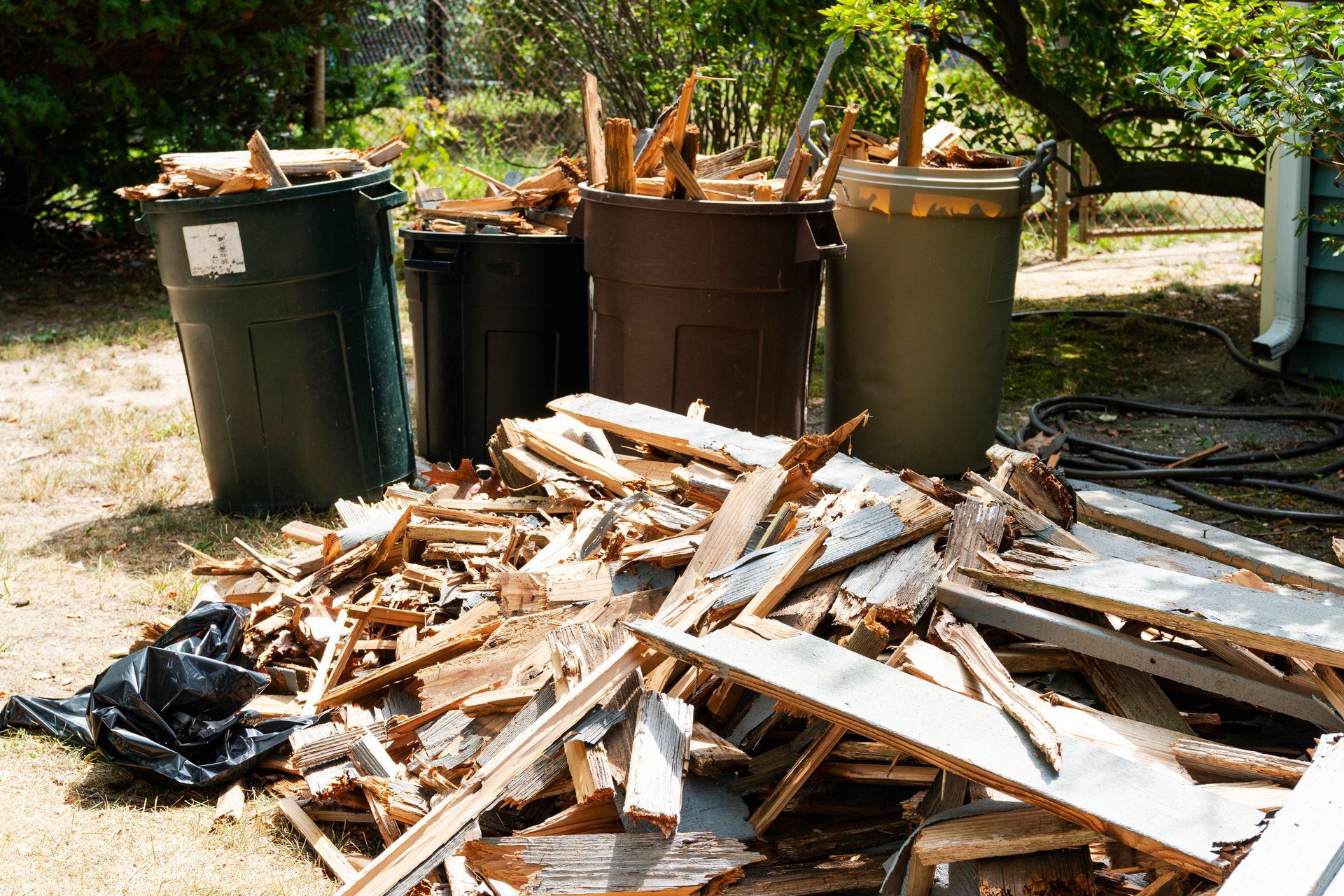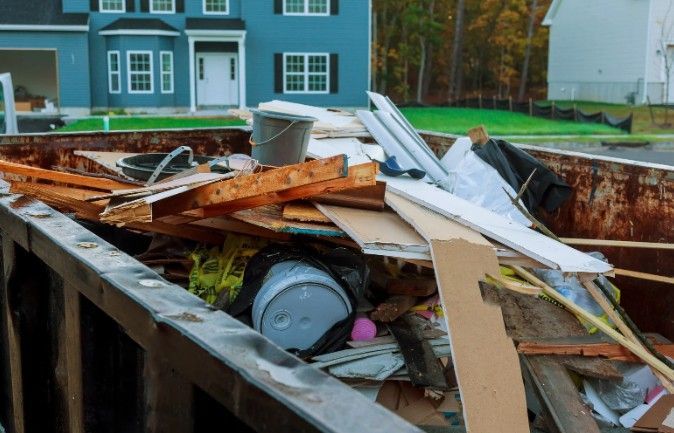The Best Way to Get Rid of an Old Mattress in Augusta
When it’s time to part ways with an old mattress, many people find themselves in a bit of a dilemma. How do you dispose of it properly in Augusta? Whether you’ve got an outdated mattress that’s no longer comfortable or you’re simply upgrading to a new one, getting rid of an old mattress can be more challenging than you might expect. The process can feel daunting, but with the right approach, it doesn’t have to be. In this guide, we’ll walk you through the best and most effective ways to dispose of your mattress in Augusta, all while being mindful of the environment and your local community.
Why is Mattress Disposal in Augusta So Challenging?
Getting rid of an old mattress in Augusta can be more difficult than tossing out a regular piece of furniture or household waste. Mattresses are bulky, heavy, and not accepted by standard curbside pickup services. They are also made of various materials, including foam, metal springs, and fabric, which makes them difficult to break down and recycle. If you're unsure where to start, it’s easy to see why people often end up simply leaving their old mattresses by the curb or letting them sit in their garage for far too long.
One of the most important factors in mattress disposal is to avoid contributing to the growing waste problem. Unfortunately, many mattresses end up in landfills because the disposal process is not as straightforward as it should be. But rest assured, there are better options, and in this article, we’ll outline all the alternatives that will help you get rid of that old mattress the right way in Augusta.
Donate or Repurpose Your Old Mattress in Augusta
A simple and eco-friendly option for getting rid of your old mattress in Augusta is to donate it. Many charitable organizations accept gently used mattresses that are still in good condition. If your mattress has been well taken care of and doesn’t show significant wear and tear, donating it can give it a second life. Local shelters, thrift stores, and non-profit organizations often welcome mattress donations, especially those that support people in need.
While donating is an excellent option for some mattresses, it’s not always feasible. If your mattress is stained, torn, or has significant wear, it may not be suitable for donation. In that case, recycling might be the next best alternative. In Augusta, there are mattress recycling programs that can safely break down your mattress into its individual components, such as foam, metal springs, and fabric. These materials can then be repurposed into other products or recycled to reduce waste in landfills.

Take Advantage of Professional Mattress Removal Services in Augusta
If donating or recycling isn’t an option for you, or if the thought of hauling that heavy mattress around sounds daunting, a professional mattress removal service in Augusta is your next best option. These services specialize in removing and disposing of unwanted mattresses quickly and efficiently. They’ll come directly to your location, pick up the mattress, and ensure that it’s disposed of properly—either by donating it, recycling it, or disposing of it in an environmentally responsible way.
Working with a professional mattress disposal service is a great way to avoid the hassle and save yourself the time and energy needed to handle the disposal on your own. Whether it’s a king-size or twin mattress, they can handle it all. Plus, these services often have the necessary equipment to safely transport the mattress, ensuring no damage to your home or property during the removal process.
The Importance of Mattress Recycling in Augusta
One of the key factors in choosing the right disposal method for your old mattress in Augusta is the ability to recycle. Recycling mattresses has become an increasingly important practice, especially as awareness of environmental concerns continues to grow. Mattresses can take up to 20 years to break down in landfills, and the materials inside them—like steel coils and foam—are not biodegradable. As a result, the environmental impact of improperly disposing of a mattress is significant.
By opting for a mattress recycling program in Augusta, you’re helping to keep harmful materials out of landfills and contribute to a more sustainable future. Mattress recycling programs break down the mattresses into their raw materials, which can be reused for new products such as carpet padding, insulation, or even new mattresses. In some cases, the metal parts are even repurposed into new steel products.
Local Recycling Programs in Augusta
Augusta residents have access to several local recycling programs that can help make mattress disposal easier and more sustainable. Whether it’s a non-profit organization focused on recycling or a specialized company dedicated to mattress removal, Augusta has resources that can help you dispose of your mattress responsibly.
When considering a recycling option, it’s important to do a bit of research to ensure that the program accepts mattresses and follows proper recycling protocols. Many local recycling centers in Augusta will accept mattresses for recycling, and some even offer free pickup services to make the process even easier. However, be prepared for certain requirements, such as removing bedding or ensuring that the mattress is free from damage.
What Happens to Your Mattress in Augusta After it’s Collected?
After your mattress is collected by a recycling program or removal service in Augusta, the real work begins. Mattress recycling facilities carefully break down the mattress into its various components: the fabric, foam, steel springs, and any other materials. These materials are sorted and separated to be reused or repurposed into new products.
The steel coils from mattresses are typically melted down and used in the production of new steel products. Foam and padding materials are often shredded and transformed into carpet padding or insulation for homes and businesses. Fabrics and other materials are also recycled and used for various purposes, reducing the amount of waste that ends up in landfills. This entire process helps divert thousands of mattresses from landfills every year and supports sustainable practices.
Dispose of Your Mattress the Right Way in Augusta
Disposing of your mattress in Augusta doesn’t have to be a difficult task. Whether you decide to donate, recycle, or hire a professional service, there are plenty of ways to get rid of your mattress in a responsible and environmentally friendly manner. The key is to choose an option that aligns with your values while also taking into consideration the condition of the mattress.
Why You Should Consider Recycling Your Mattress in Augusta
Recycling your mattress is one of the best ways to dispose of it in Augusta without harming the environment. Mattresses can take up to 20 years to decompose in landfills, making them a significant contributor to long-term waste. Fortunately, Augusta has several mattress recycling programs available, which specialize in breaking down old mattresses into their component parts. These parts—like foam, fabric, and metal—are then repurposed and reused in various industries, reducing waste and promoting sustainability.
By choosing to recycle your mattress, you’re not just clearing space in your home but also helping the planet. You’re contributing to a greener Augusta and supporting eco-friendly practices that reduce the burden on landfills. Plus, some recycling services even offer pickup, making it a convenient option for residents looking to dispose of their mattresses in a way that is both responsible and hassle-free. It’s an easy choice that makes a big impact.
The Benefits of Professional Mattress Removal in Augusta
When it’s time to get rid of an old mattress in Augusta, calling in the professionals for removal can make the entire process much easier. Professional mattress removal services offer a hassle-free experience by coming directly to your home and picking up your old mattress. This option is especially convenient for those who struggle with hauling a heavy mattress or simply don’t have the means to dispose of it themselves. These services often include a responsible disposal plan, ensuring that your mattress is either recycled or properly discarded.
Not only does professional mattress removal save you time and effort, but it also ensures that your mattress is disposed of properly. These services are trained to handle mattresses of all sizes and are knowledgeable about local disposal laws and environmental regulations in Augusta. By choosing a professional service, you can rest easy knowing your mattress will be disposed of in a way that’s both convenient and eco-conscious.
How to Donate Your Mattress in Augusta for a Good Cause
Donating your old mattress in Augusta can be a fantastic way to give back to the community, but it’s important to ensure that the mattress is still in good condition. Local shelters, thrift stores, and charitable organizations often accept mattresses that are clean, free of stains, and in a usable state. Donating your mattress can help those in need, whether it’s a family going through a tough time or someone starting over in a new home. In Augusta, there are several donation options that can make the process smooth and rewarding.
Conclusion
In Augusta, the best way to get rid of an old mattress is by choosing responsible disposal options such as recycling, donating, or working with a professional mattress removal service. The environmental impact of improper mattress disposal is significant, but by using the proper channels, you can help minimize waste and support recycling efforts in your community.
If you're looking for a professional, hassle-free way to dispose of your old mattress, contact Hinkins Disposal. They offer convenient and environmentally responsible mattress removal services in Augusta. Their team will ensure your mattress is disposed of properly, whether it's through donation, recycling, or responsible disposal. For more information or to schedule a pickup, call (706) 885-4032 or email Hinkinsdisposal@gmail.com.




